Top Green Products Found at Greenbuild 2011 in Toronto
by: Inhabitat , 2011-10-07 17:40:03 UTC










Read the rest of Top Green Products Found at Greenbuild 2011 in Toronto
Permalink |
Add to
del.icio.us |
digg
Post tags: architectural, building products, canada, Eco, green, green build 2011, Green Building, Green Design Events, GreenBuild, Sustainable, Sustainable Building, sustainable design, toronto, tradeshow, usgbc
Inspired Sands of Light
by: Yanko Design, 2011-10-06 11:04:36 UTC
The sense of déjà vu is overwhelming when you look at the Sandglass Light, however with the exception to the shape, little else is common between the old and the new. Clearly inspired by the age-old hourglass shape, this refined version has simple functions and does away with the timer. Three settings and minimal twists encourage you to use the lamp more as ambient lighting than just a novelty fixture. This new avatar is all about refinements!
Designer: Jun-sang Kim

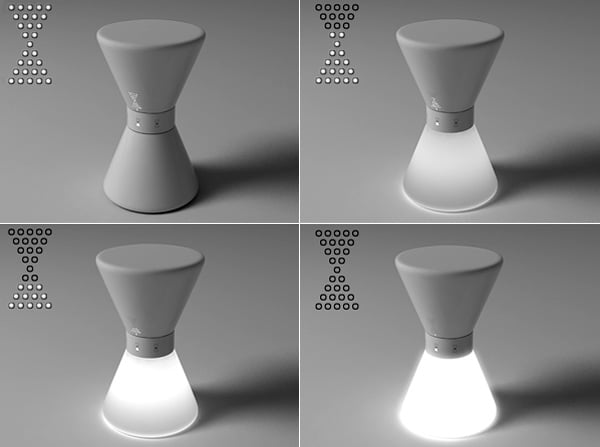
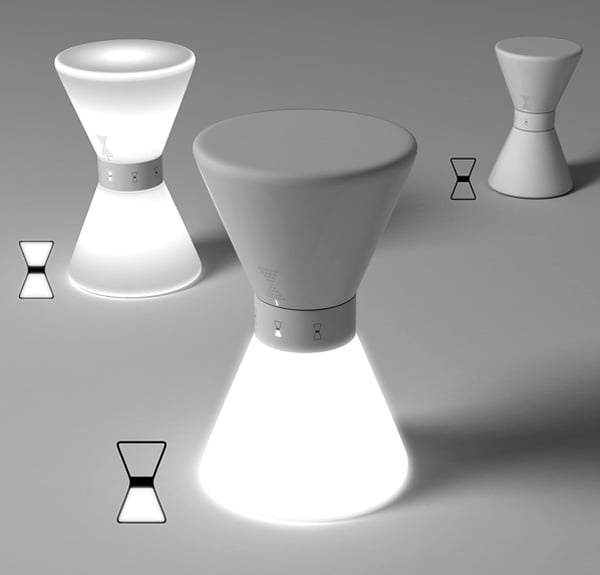
----------
Yanko Design
Timeless Designs - Explore wonderful concepts from around the world!
Yanko Design Store - We are about more than just concepts. See what's hot at the YD Store!
(Inspired Sands of Light was originally posted on Yanko Design)
State-of-the-art eco design unveiled for Kuwait International Airport
by: Gizmag Emerging Technology Magazine, 2011-10-07 22:33:46 UTC

Foster + Partners, the same architectural firm behind
Apple's new campus, recently unveiled its plans for the new Kuwait International Airport. The architects are aiming for LEED Gold appraisal, which will see it become the first passenger terminal in the world to attain this level of environmental accreditation...
Continue Reading
State-of-the-art eco design unveiled for Kuwait International AirportSection: Aero GizmoTags: Airport,
Architecture,
LEED,
Solar
Related Articles:


 patricia urquiola: spirogira for alessi
patricia urquiola: spirogira for alessi
by: Designboom - Weblog, 2011-10-06 08:53:00 UTC
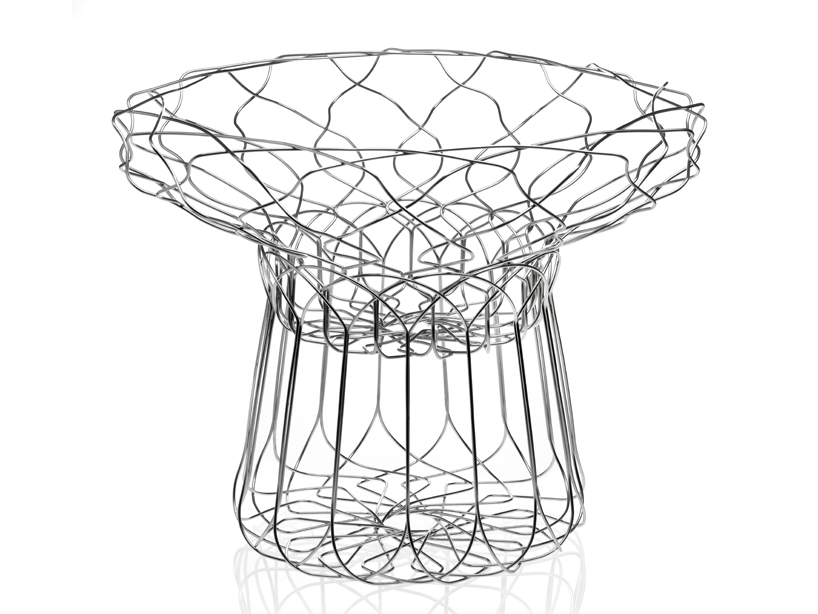
each of the individual pieces is formed by shaping a single module of wire and arranging it radially.
read more
MVRDV: the vertical village exhibition in taipei
by: Designboom - Weblog, 2011-10-06 09:45:00 UTC
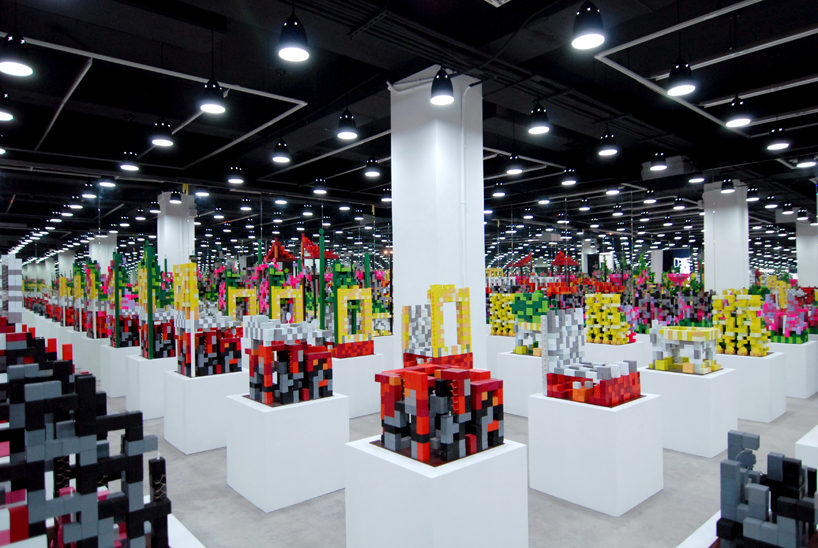
netherlands-based MVRDV and the why factory have collaborated to generate a dense residential solution to address the rapid urbanization occurring in eastern asia.
read more
electric airplane green aviation prize by NASA
by: Designboom - Weblog, 2011-10-06 11:40:00 UTC

the first prize award for the 'green flight challenge' for fuel-efficient and electric aircraft has been awarded to the 'taurus g-4' by pipistrel and penn state university, which obtains 403 miles per gallon of fuel per passenger.
read more
Water Table Object by Heng Zhi
by: Dezeen, 2011-10-05 08:28:20 UTC
http://www.dezeen.com/?p=160655
Everything I need to know about fog harvesting
by: Ecofriend, 2011-10-06 08:50:29 UTC
Deepthi Siruvuri:

Fog HarvestingThe Chungungo experiment
Fog collection is the process of collecting water from the natural fog using vertical pieces of canvas that are very large in size. This makes the fog to condense into little droplets of water which trickle down into a trough or vessel placed below the canvas.The principal involved here is condensation. The fog condenses on the vertical canvas leading to the formation of dew in the form of water droplets.
This is usually observed in a natural way on plants, leaves, and branches in the early morning as the fog condenses on the cool surface of the plants and thus dew drops are formed. Collection of dew drops is a very ancient practice, it was practiced in the old times for smaller purposes like drinking water and also for larger necessities like irrigation. In the modern times, fog collection is being done artificially through fog collection devices.
1. Fog harvesting technique by Shreerang Chhatre

Fog harvesting technique‘Fog Harvesting’ could soothe world’s water woes
This is a technique developed by Mr. Shreerang Chhatre of MIT. This technique was inspired by a beetle physiology that is found in the Africa. It has bumps on its body that collects the water from the fog and it then rolls the water into its mouth. Likewise Mr. Chhatre has used the principle of attraction and repulsion technique for the fog collection. He used a mesh like fence to attract the water and also it has the least permeability, this water is then collected into a receptacle. This is a great method of fog collection, however, it is still in the initial stages of development. If this works then many poor countries with a water problem can shed their woes.
2. Latest fog dew collectors

fog dew collectorsAlon Alex Gross’s fog and dew collectors
Alon Alex Gross’s fog and dew collectors – designed specifically to collect drinking water in arid and semi-arid regions.These are improved fog dew collectors with internet connectivity and super light chargers. It weighs around 400 gms and can collect one and a half liters of water at night and ten liters during the day. They should be facing in the wind blowing direction for maximum functioning. There is a special fragile foil and a removable water storage pouch. The foil can be damaged by atmospheric changes but owing to the sensors in the foil it can detect the changes early and help to prevent the damage. Therefore, this prevents water scarcity.
3. DropNet fog collector

DropNet FogDevice collects water droplets from thin air.
Research shows that by the year 2025 world will face water scarcity. However, there is no scarcity of brilliant minds in this world. Industrial design student at Germany’s Muthesius Academy of Fine Arts and Design, Imke Hoehler, has come up with a design that harvests potable water from thin air and mist. In short it is the drop net fog collector. This system can supply around twenty liters of water and can provide the entire village with portable water.
4. Water harvested from clouds

Water harvested from cloudsIdea devised by the University of South Africa (UNISA)
In many rural areas there is a severe water scarcity. In those areas the water harvesting from clouds can be really helpful. When rain is liquid gold, why not bank it? Water harvesting – collecting and storing rain – is one thirst-quenching solution to water supply problems. Systems can be as complex as storing enough water to soak a small village or as simple as catching runoff in a whiskey barrel. Whatever the system, water harvesting stows precious precipitation.
“The water quality of fog is very high and conforms to the World Health Organization and South African water quality standards for potable water. “Each collection system consists of three 20 feet wooden poles with 30 feet apart. Steel cables are stretched along these poles. A double layer of 30 percent shade cloth is then draped over the cables and fixed to the poles on each side. This forms a fog collection screen of about 70 square meters (750 square feet), with a gutter attached to its lower end. This can provide enough water to a village.
5. The Chungungo experiment

Fog HarvestingThe Chungungo experiment
Fog harvesting is a simple, low cost, and effective method of water collection in places where conventional ways like the wells, rains etc. do not work. Robert Schemenauer and Pilar Cereceda have conducted extensive research throughout South America and other parts of the world with fog collection technologies.
Both played an important role in the Chungungo experiment for fog harvesting Chungungo is located in the Atacama dessert a very low rainfall of 5 cm annually. Before this experiment the villagers have used very costly methods for water, they had to travel miles for water.
After the year 1992 the villagers are using around 80 fog collectors and now the villagers are getting safe drinking water and all the water problems have gone away.
The benefits
- A safe and low technical solution for areas with water shortage.
- A very effective method of improving the water supply in dry and semi-dry areas.
- An easiest and safest method for producing high quantities of water which can be used for irrigation, industrial and also commercial purposes.
The lowdown
The villagers of the Chungungo had formed a committee to look after the project, however, as the water supply has improved the population of the village too has grown and it thus led to the failure of the fulfillmnt of the water needs of the village as the committee has failed to expand the number of reservoirs and collectors. This caused the lowdown.
The Impact
The fog harvesting is the best solution for water scarcity. It is the only solution as the natural resources like the wells, rains, rivers, lakes are insufficient to meet our requirement.


 20 Years of Eco-Surveys Show Americans Know More, Feel Less Empowered
20 Years of Eco-Surveys Show Americans Know More, Feel Less Empowered
by: Greener Design, 2011-10-06 18:47:25 UTC
Americans know more about the environment, but seem to doubt their individual ability to make a difference, according to a new S.C. Johnson study of consumer attitudes.

 The Impacts of Energy-Smart Buildings
The Impacts of Energy-Smart Buildings
by: Greener Design, 2011-10-06 15:41:10 UTC
A case study from Microsoft and Accenture shows how 10 to 30 percent energy savings are quickly possible by retrofitting building energy use.

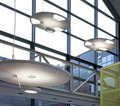


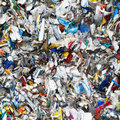
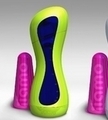




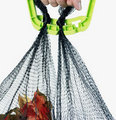
Comments by our Users
Be the first to write a comment for this item.